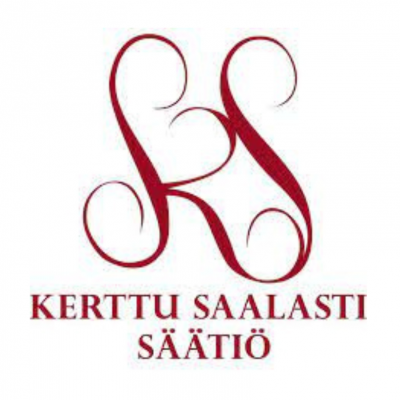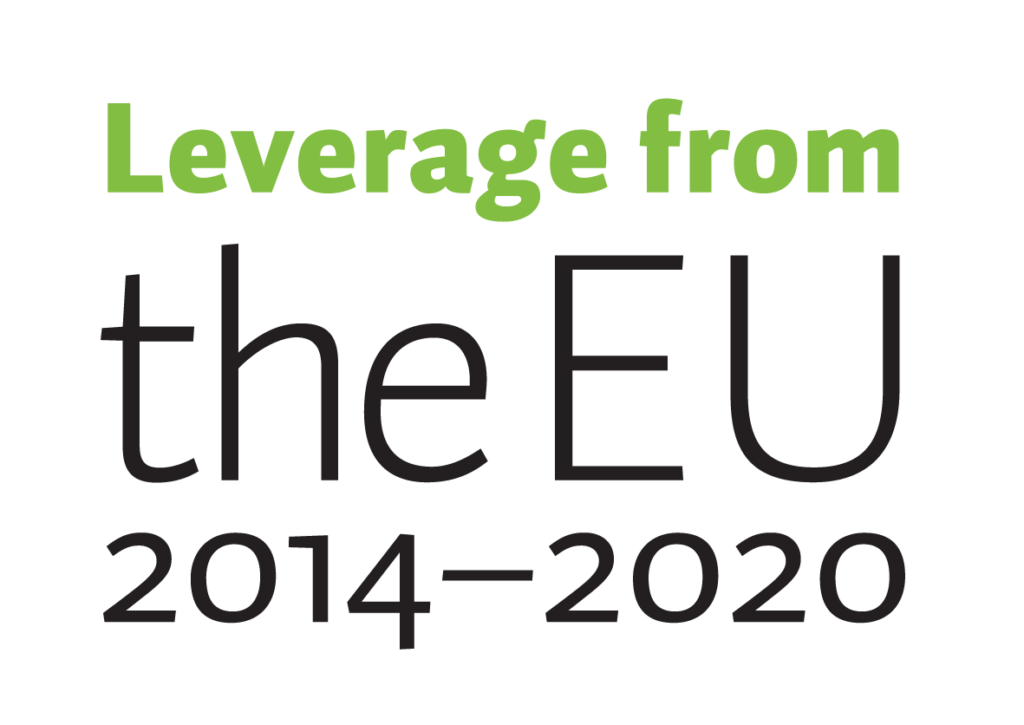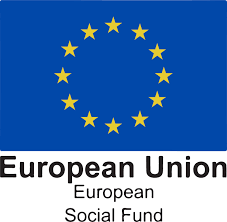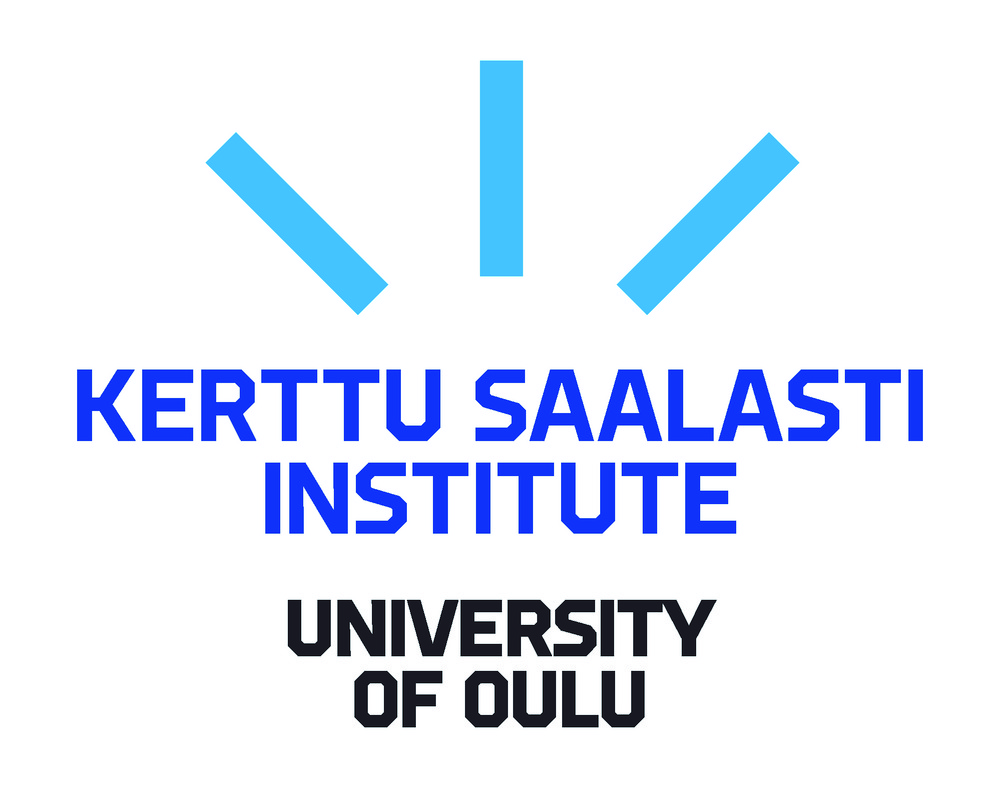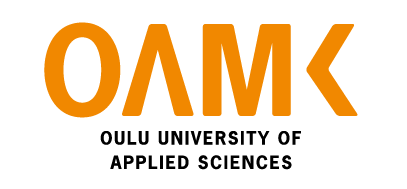The aim of this case study is to promote cooperation between upper secondary schools, business and higher education institutions through a three-day work placement scheme for second-year students. The model was piloted in an upper secondary school in autumn 2021; the specific aim of the model was to bring together upper secondary school students, local businesses and the University of Oulu.
In addition to the upper secondary school, the pilot involved the local project Kasvun tie yrittäjyyteen (Growth Path to Entrepreneurship) and the Kerttu Saalasti Institute’s MicroENTRE® micro-entrepreneurship centre. Ten local companies were involved in the pilot through the Growth Path to Entrepreneurship project. High school students started the internship by conducting a digital maturity survey with the entrepreneurs, designed by MicroENTRE, to identify the digital challenges the entrepreneurs faced and to define the content of the internship. The internship lasted for three days, during which the high school students became familiar with the company’s operations and performed a developmental task for the company, such as creating a social media calendar.
The theme of the internship will change every year. In addition to digitalisation, themes may include sustainability and internationalisation. In addition, students will present their work placements to Year 1 students during their guidance lessons and to local entrepreneurs at a specially organised event. This will give visibility and continuity to the activities.
This new and effective model will be shared with other upper secondary schools to promote cooperation with the business community and to raise awareness among upper secondary school students, local entrepreneurs and businesses about the skills they need.
Authors: UuLops ESF project; Kirsi Järvenpää, Haapavesi Upper Secondary School, Airi Hakala, Kasvun tie yrittäjyyteen, MicroEntre/Kerttu Saalasti Instituutti
